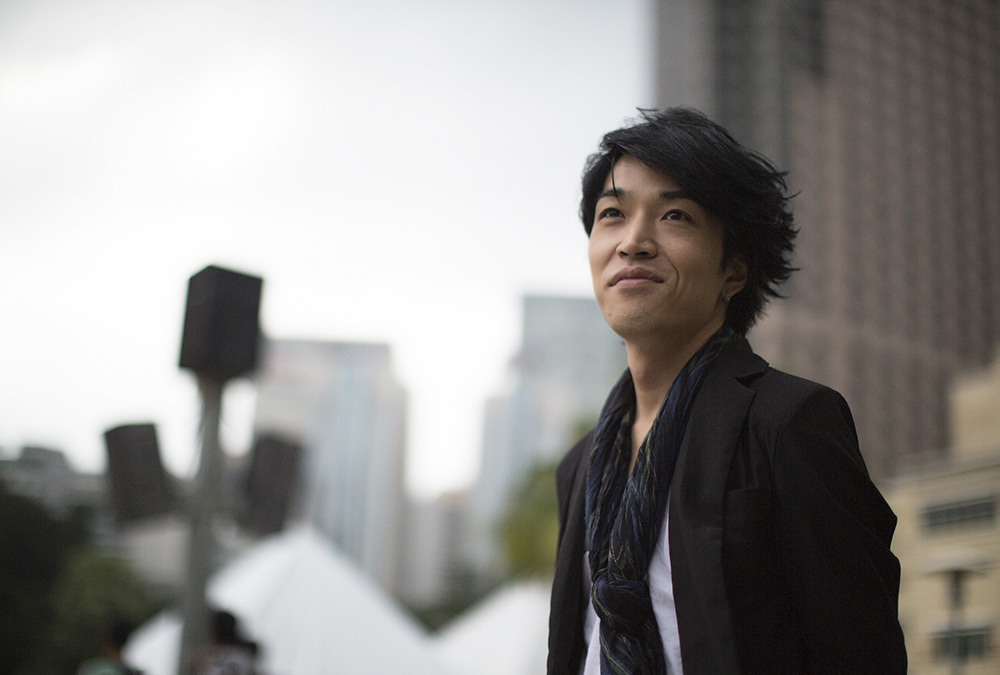市川 慎 SHIN ICHIKAWA
Ichikawa was chosen a member for Art Internship programmed by Agency for Cultural Affairs in 1999. In the same year, he won the Award of Akita Art Contest. His other awards include the best prize and the Incentive Award of the Minister of Education, Culture, Sports, Science and Technology at the 7th annual Japanese Hogaku Music Contest in Kumamoto in memory of Kenko Hase, Silver Award at the 9th Kenjun Memorial National Koto Music Festival and his second Award of Akita Art Contest in 2003. Ichikawa has performed at the esteemed national event with the presence of the Imperial couple at 59th National Tree Planting Ceremony. A member of the performing groups SOEMON, RADENTAI, ZAN and WASABI. An instructor at Kunitachi Music Academy. Vice President at SEIGENKAI.
Shin plays the Koto
INSTRUMENT
箏 KOTO
Koto is a 13-stringed Japanese harp which is shaped to resemble a dragon. A player of koto uses the bridges in between the strings and the body called kotoji to tune the strings, and pluck them with plectrums on three fingers on right hand.
There had been an original form of Koto existed in the ancient times in Japan. Koto as known today is in the form of another brought from China in the Nara period (710-794) as an imperial court musical instrument. In the Edo period (1603-1868), Kengyo Yatsuhashi explored its possibility outside the palace and created the original style of koto music called sokyoku. There are two schools in sokyoku; Ikuta and Yamada. The Ikuta school has a style standard of the western Japan around Kyoto, using square plectrums, seating at an angle to the harp. The Yamada school, on the other hand, has a style standard of the eastern Japan around Edo, present Tokyo, using round plectrums, facing straight to the harp.
Koto is made of paulownia trees. Silk or tetoron are used for the strings. Besides the traditional 13-strings, there are 17-strings created in the Taisho period of the early 20th century by Michio Miyagi, 20-strings and 25-strings which are created more recently. AUN J Classic Orchestra applies koto of 13-strings and 17-strings to enchant the audience with the classic tone of the instrument.
The players of koto are Azumi Yamano and Shin Ichikawa.

